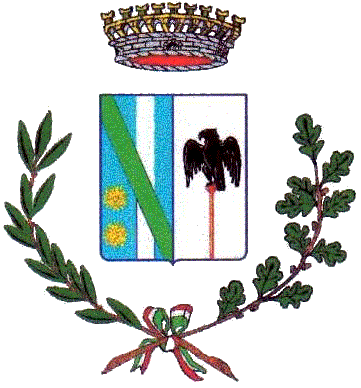CAPITOLO I
ARCHEOLOGIA DEL TERRITORIO
Archeologia del Territorio
<<Ogni
sette anni, a mezzanotte in punto, nella piazzetta vicino alla sorgente “la testa di
l'acqua“, si svolge una magica fiera. Chi vuole assistervi deve salire su un gran
masso che sorge sull'acqua, prima dei ventiquattro rintocchi, e vedrà come per incanto
illuminarsi tutta la piazzetta come se fosse pieno giorno. Vedrà quindi una gran
quantità di buoi, di pecore, capre, e vicino prender posto i rivenditori di arnesi di
lavoro, per i campi, per le officine, per gli usi comuni.
E vedrà anche rivenditori di
frutta come mele, melarance, melagrane. Tutti si affollano ma nessuno compra, nessuno
vende. Se si riesce per prima a comprare anche un solo frutto spigna la fiera e diviene
ricco, perche il frutto e un masso tutto d'oro zecchino.
Questa fiera avviene ogni sette
anni>>1.
.
1S.D. Di Raimondi, in SICANIA, anno 1, No. 6, 1 dicembre
1913, pag. 211 <<La fiera di mezzanotte>> (Serradifalco).
CHAPTER I
ARCHAEOLOGY OF THE TERRITORY
Archaeology of the Territory
"Every
seven years, at midnight on the dot, in the little plaza close to the fountain, 'the
head of water', a magical fair unfolds. Those who are careful to observe must go up on
a large rock that rises above the water, before the clock strikes twenty-four times, and
they will see, as though by enchantment, a light illuminating all the plaza as if it were
broad daylight. They will see there a large number of cattle, of sheep, and goats, and
near the corral, vendors of work implements, for the fields, workshops, and common uses.
And they will also see vendors of
fruit like apples, oranges, and pomegranates. Everyone crowds around, but nobody buys, no
one sells. If someone succeeds in buying even a single fruit, the festival lights go out,
the fair ends, and he becomes rich, because the fruit is a heap of gold coins.
This festival appears every seven
years "1.
.
1S.D. Di Raimondi, in SICANIA, year 1, No.
6, 1 December 1913, p. 211 "The midnight fair" (Serradifalco). |


